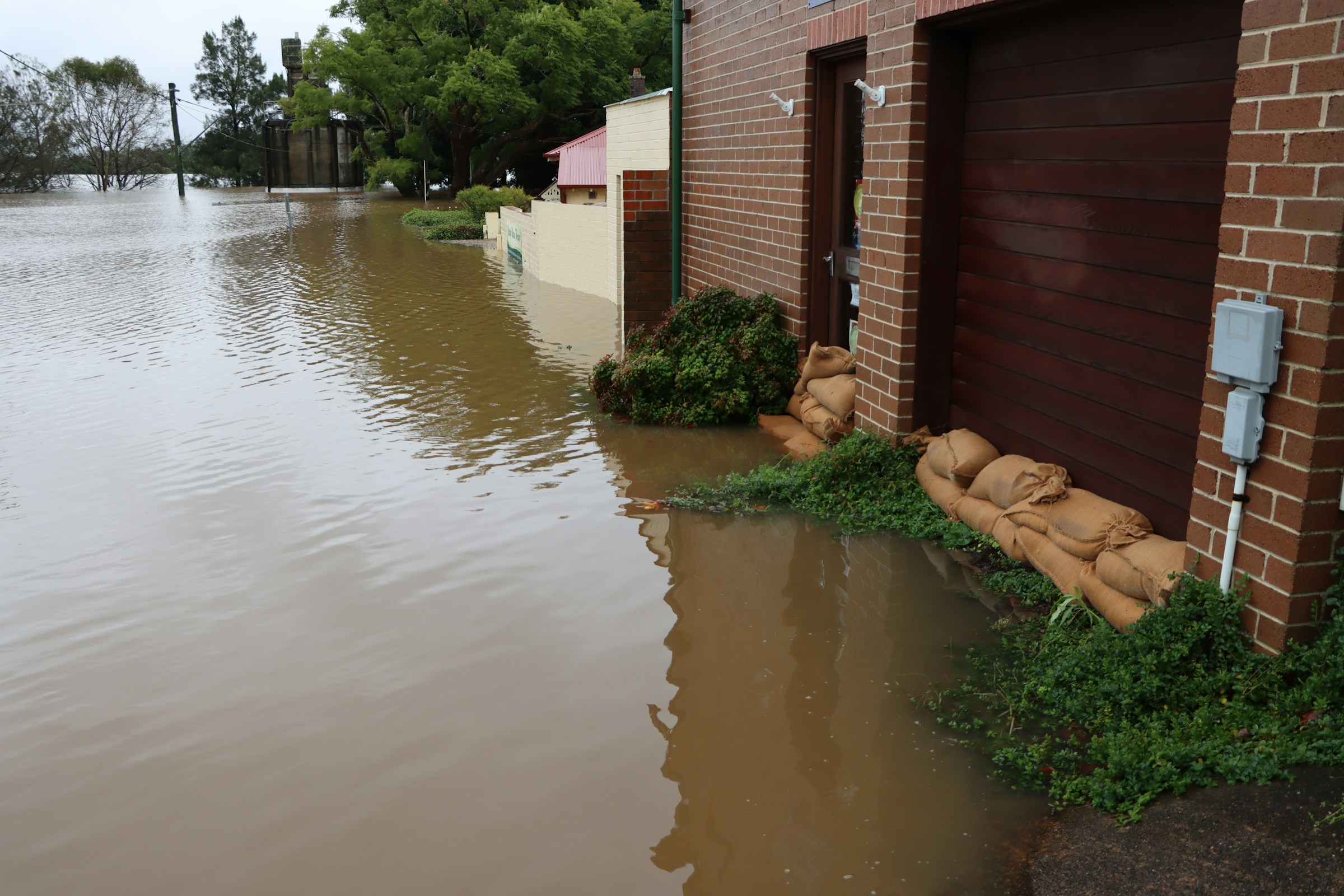Effective Methods for Roof Water Leaks Repair Solutions
Taking care of a home involves ensuring that every aspect is in good shape, especially the roof. When leaks occur, it can lead to further damage if not addressed promptly. Understanding the methods for effective roof water leak repair can save time, money, and stress in the long run.The first step in addressing a water leak is to accurately identify where it’s coming from. While it may seem straightforward, leaks can often be deceptive. Water might seep in far away from where the leak actually originates, making it crucial to inspect every potential entry point. Checking seals around vents, chimneys, and skylights is a good start. Often, worn or missing shingles can also contribute to leaks. By carefully examining the roof from both the inside (in the attic) and the outside, homeowners can more effectively pinpoint the source. This can be a great opportunity to take note of any other issues that may need attention, ensuring that a comprehensive approach is taken.

Water damage from roof leaks represents one of the most common and potentially devastating issues homeowners face. When water penetrates your roof system, it can compromise structural elements, damage insulation, and create conditions for mold growth. Addressing these problems promptly with appropriate repair methods prevents minor issues from escalating into major structural concerns that require extensive renovation.
Temporary Fixes for Immediate Problems
When discovering an active roof leak, immediate action prevents further water damage while you arrange permanent repairs. Emergency tarping provides effective short-term protection by covering the affected area with heavy-duty plastic sheeting secured with nails or weighted materials. Roofing cement offers another quick solution for small holes or cracks, creating a waterproof seal that withstands weather conditions temporarily.
Interior bucket placement and plastic sheeting help manage water collection and prevent damage to flooring and furniture. These measures buy valuable time but should never replace proper roof repairs, as temporary solutions typically last only days or weeks depending on weather conditions.
Choosing the Right Repair Materials
Selecting appropriate materials ensures lasting repairs that match your roof type and local climate conditions. Asphalt shingles work well for standard residential roofs, while metal roofing requires specialized flashing and sealants designed for thermal expansion. Rubber membrane patches suit flat or low-slope roofs effectively.
Quality sealants and caulks designed for exterior use provide crucial waterproofing around penetrations like vents, chimneys, and skylights. Flashing materials, including aluminum, copper, or galvanized steel, redirect water away from vulnerable joints and transitions. Always choose materials rated for your climate zone to ensure optimal performance and longevity.
Professional Inspection and Repair
Professional roofers bring expertise, specialized tools, and safety equipment necessary for comprehensive leak diagnosis and repair. They identify underlying issues that homeowners often miss, such as damaged decking, inadequate ventilation, or structural problems contributing to water intrusion.
Certified contractors provide warranties on their work and use commercial-grade materials unavailable to consumers. They understand local building codes and can identify when repairs require permits or inspections. Professional assessment also reveals whether partial repairs suffice or complete roof replacement becomes necessary.
Regular Roof Maintenance and Inspection
Preventive maintenance significantly reduces leak occurrence and extends roof lifespan. Schedule professional inspections annually or after severe weather events to identify potential problems before they cause water damage. Clean gutters and downspouts regularly to prevent ice dams and water backup that can penetrate roofing materials.
Trim overhanging tree branches that could damage shingles during storms, and remove debris that accumulates in valleys or around roof penetrations. Check attic spaces for signs of water intrusion, including stains, mold, or damp insulation that indicate developing problems requiring attention.
| Service Type | Provider Example | Cost Estimation |
|---|---|---|
| Emergency Tarping | Local Roofing Companies | $300-$600 |
| Shingle Replacement | Regional Contractors | $150-$400 per square |
| Flashing Repair | Certified Roofers | $200-$500 |
| Complete Roof Inspection | Professional Services | $200-$400 |
| Full Roof Replacement | Licensed Contractors | $8,000-$25,000 |
Prices, rates, or cost estimates mentioned in this article are based on the latest available information but may change over time. Independent research is advised before making financial decisions.
The Role of Weather in Roof Integrity
Weather patterns significantly impact roof performance and leak development. Heavy rainfall tests waterproofing systems, while freeze-thaw cycles cause materials to expand and contract, potentially creating gaps or cracks. High winds can lift or damage shingles, exposing underlying materials to moisture penetration.
Snow accumulation adds weight stress and creates ice dams that force water under roofing materials. Hail can puncture or crack various roofing materials, creating immediate leak points. Understanding these weather-related vulnerabilities helps homeowners prepare for seasonal challenges and schedule appropriate maintenance timing.
Successful roof leak repair requires combining immediate response with long-term planning. While temporary measures provide crucial protection during emergencies, permanent solutions depend on proper material selection, professional expertise, and ongoing maintenance. Regular inspections and prompt attention to minor issues prevent costly water damage and preserve your home’s structural integrity. Weather awareness and seasonal preparation further enhance your roof’s ability to protect your property effectively.




